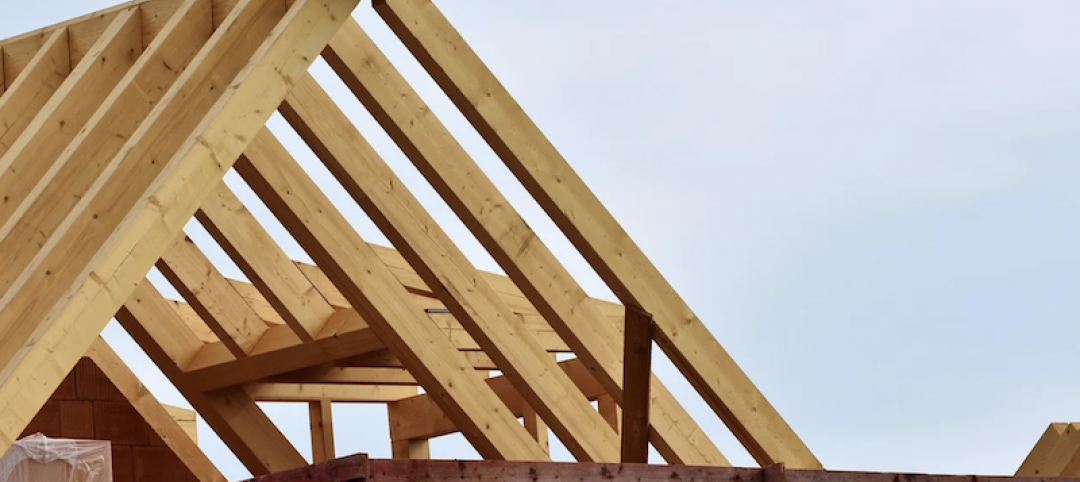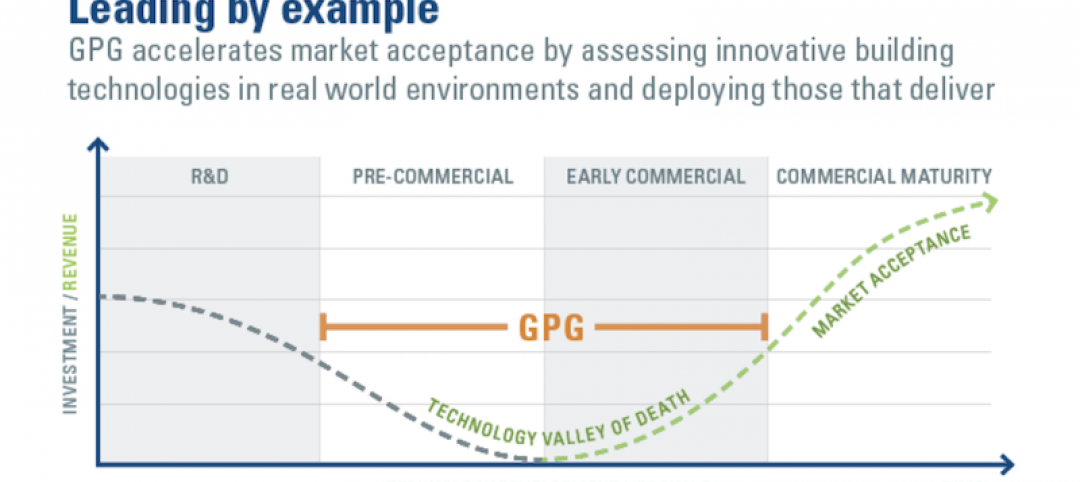The least energy efficient multifamily property may be spending $165,000 more in annual energy costs than a similar property operating the most efficiently, according to a new white paper released by Fannie Mae.
"Transforming Multifamily Housing: Fannie Mae's Green Initiative and Energy Star for Multifamily" provides insight into Fannie Mae’s Green Initiative, its partnership with the U.S. Environmental Protection Agency (EPA), and its effort to compile comprehensive multifamily energy and water data providing the basis for the EPA's Energy Star Score for multifamily structures.
Fannie Mae will continue to lead efforts to support green activities and provide greater transparency for investors by disclosing Multifamily Energy Metrics on Fannie Mae MBS. In June 2014, Fannie Mae collected the Source Energy Use Intensity (EUI), an energy performance metric, for properties securing multifamily loans in cities with Energy Star reporting requirements.
Beginning in 2015, Fannie Mae will collect the Source EUI and the Energy Star score for the associated properties and will disclose the EUI metrics. Investors will be able to view the metrics for properties located in Boston; Cambridge, Massachusetts; Chicago; New York; Seattle; and Washington, DC. This information will give investors greater insight into the energy consumption of multifamily properties and the financial performance of the associated loans.
(http://www.fanniemae.com/portal/about-us/media/commentary/091114-pagitsas.html)
Related Stories
Codes and Standards | Dec 28, 2020
CSI and ASTM standards can now be connected through a central location
CROSSWALK web service accesses standards specific to projects from feasibility to turnover.
Codes and Standards | Dec 28, 2020
Dept. of Energy offers Better Buildings Field Validation Results Hub
One-stop-shop for information associated with technology validations in buildings.
Codes and Standards | Dec 28, 2020
2021 Defense Authorization Act includes mass timber provision
Directs defense, agriculture secretaries to review potential for wood frame construction on defense building projects.
Codes and Standards | Dec 28, 2020
New York City proposal would require rainwater detention tanks for new development
Rule would apply to projects on lots sized 20,000 sf or larger.
Codes and Standards | Dec 17, 2020
Energy efficiency as a service gaining ground as financing approach for adopting innovations
Building owners can invest in new technology with no upfront cost.
Codes and Standards | Dec 16, 2020
Resources available to address Legionella threat
Buildings reopened after extended pandemic closure are at risk.
Codes and Standards | Dec 16, 2020
New Specifications for Concrete Construction reference manual released
Scope expanded to include shotcrete, internal curing, mineral fillers, and recycled concrete aggregates.
Codes and Standards | Dec 15, 2020
Despite COVID-19 population flight, don’t write off big cities yet
Lure of urban life and jobs may draw people back after pandemic subsides.
Codes and Standards | Dec 10, 2020
Test method for vertical fenestration installation procedures updated
FGIA issues first update for document created in 2005.
Codes and Standards | Dec 10, 2020
Updated EPDs for Polyiso Roof and Wall Insulation; EPD for Polyiso High-Density Cover Boards published
Cover Boards EPD is an industry first.

















